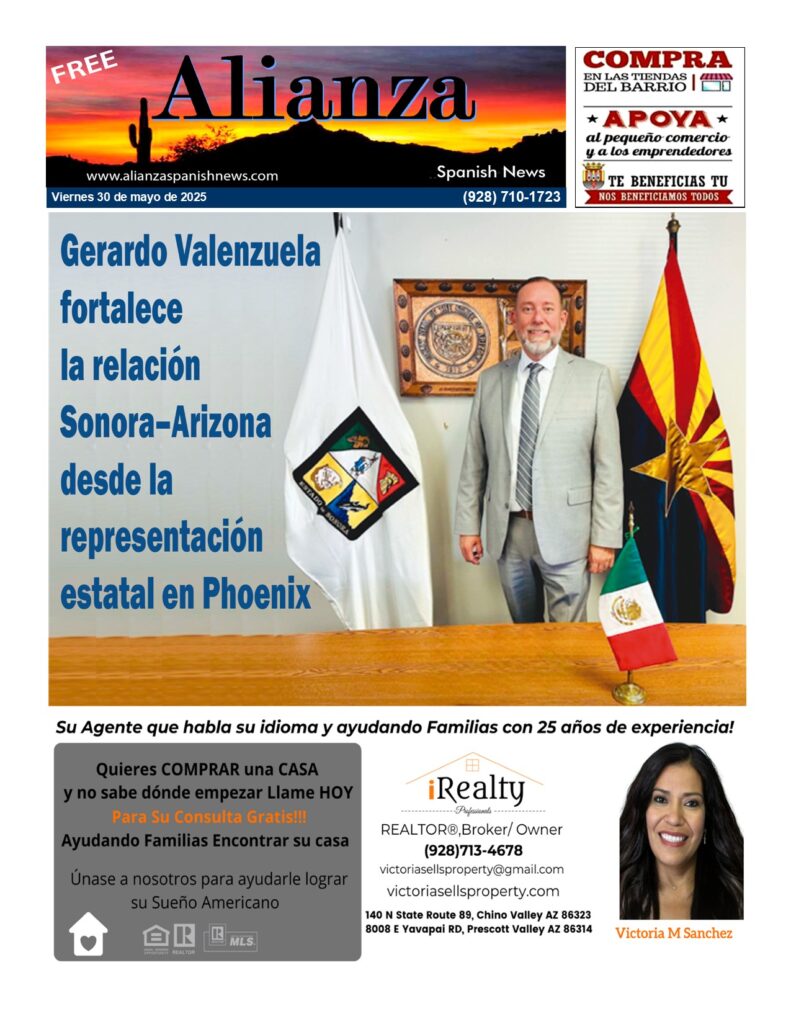A look back helps us understand today how COVID 19 is increasing

FT. RILEY, KANSAS HOSPITAL WITH FLU PATIENTS, 1918.
We had totally forgotten about epidemics in our modern lives. COVID 19 shattered that. A look back at the 1918 flu epidemic gives some understanding to what is happening and why today now, about two months after New York City deaths peaked, Arizona Governor Doug Ducey in his latest update stated: «The virus is widespread. It’s in every county and every state in our nation. This virus is not going away.» The latest numbers today (June 8) on the Arizona Department of Health Services dashboard are 789 new cases today and a total of 32,918 cases with 1,144 deaths.

Now to look back. In 1998 there was a scientific expedition to an Artic island between Norway and Greenland to open the frozen graves of six men who had died from the 1918 flu. The hope was that there still might be virus material in the frozen bodies to learn about the disease that killed an estimated 50 – 100 million people (equivalent to 200 – 400 million people today). One question that comes to mind is how did a virus (called the Spanish Flu that should havee been called the American or Kansas flu) spread from Ft. Riley, Kansas to a remote Artic Island in a time before international airlines? The answer is simple – from one person to another by slow boats and trains and horseback and on foot.
Skip from 1918 to 2020 and a look at air travel routes from China and you can see how the first outbreak in China spread to major cities in Europe and America first. Travel whether by boat, plane or train is custom made to spread the flu. People are put together in confined spaces, line up together leaving and again arriving and then pass into cities with crowded streets, crowded restaurants and crowded public transportation.
The thing air travel does is speed up the whole process. A graph of daily deaths from COVID in New York look exactly like what you would expect from a new disease spreading widely in a crowded city full of people whose immune systems had not seen the disease before. You can see how in early April the situation was horrific. The number of people dying daily was growing out of control. It eventually peaked at about a thousand people a day before beginning a slower decline. Between March 11 and May 2, 32,000 people died in New York City compared to about 8,000 expected during more normal times.

At the peak, hospitals in New York were just flooded with sick people and that is what the rest of the US should be seeing later – right? Hospitals overwhelmed on a national scale.
Stop and think a minute. Compare rural areas like Yavapai County to New York City. We do not have an international airport with a huge volume of people from all over the world passing thru. We had crowded restaurants, but not crowded subways and buses. Most people get around in their car, usually by themselves. It is reasonable to expect a different spreading pattern in rural areas.
What happened has been highly variable. Both rich ski towns like Sun Valley, Idaho and Vail, Colorado and poor Indian reservations with inadequate health care services were hit early and hit hard like New York City. Rural areas range from fairly stable plateaus of case numbers to places hit later but hit hard. Tiny Early County, Georgia has an infection rate of about one in one hundred people. While rare, hospital closures because of finances have thumped towns in Kansas and West Virginia. Montgomery, the capital of Alabama, and nearby Prattville had one available Intensive Care Unit bed available the last week of May and were sending patients to Birmingham. Their number of COVID cases had been climbing 20 – 45% weekly in May.

It is too early to feel complacent because you live in a small town. You generally won’t see the spectacular rise like in New York City which made the nightly news. Instead it looks like a slower, invasive growth. Like the 1918 flu reaching the Arctic islands, it might take a while, but thinking you can protect yourself by running might not be the best strategy and you should look at other ways. All it takes is one person coming to town for a funeral or some other reason to end everything.
The 1918 pandemic is useful to show one other characteristic of flu-like diseases. Note that it and COVID are not the same disease and the world is different now. But those diseases tend to be seasonal. The pandemic came in three waves with the second being the most deadly.
While you can plan for seasons, the latest unplanned factor has been the George Floyd protests. People came close together and pepper and tear gas caused their eyes and mouth to water. If we know anything about the disease, those are super-spreader events. The number of cases should balloon in about two weeks or we need to find out why not.
COVID looks like it will be here for a while until we reach:
- herd immunity where so many people are exposed that the virus cannot find fresh hosts
- we have widespread vaccination
- or the diseases mutates into something less deadly
Meanwhile we in Arizona need to take care of ourselves. After controls were loosened, both the numbers of positive tests and people in the hospitals are growing.





